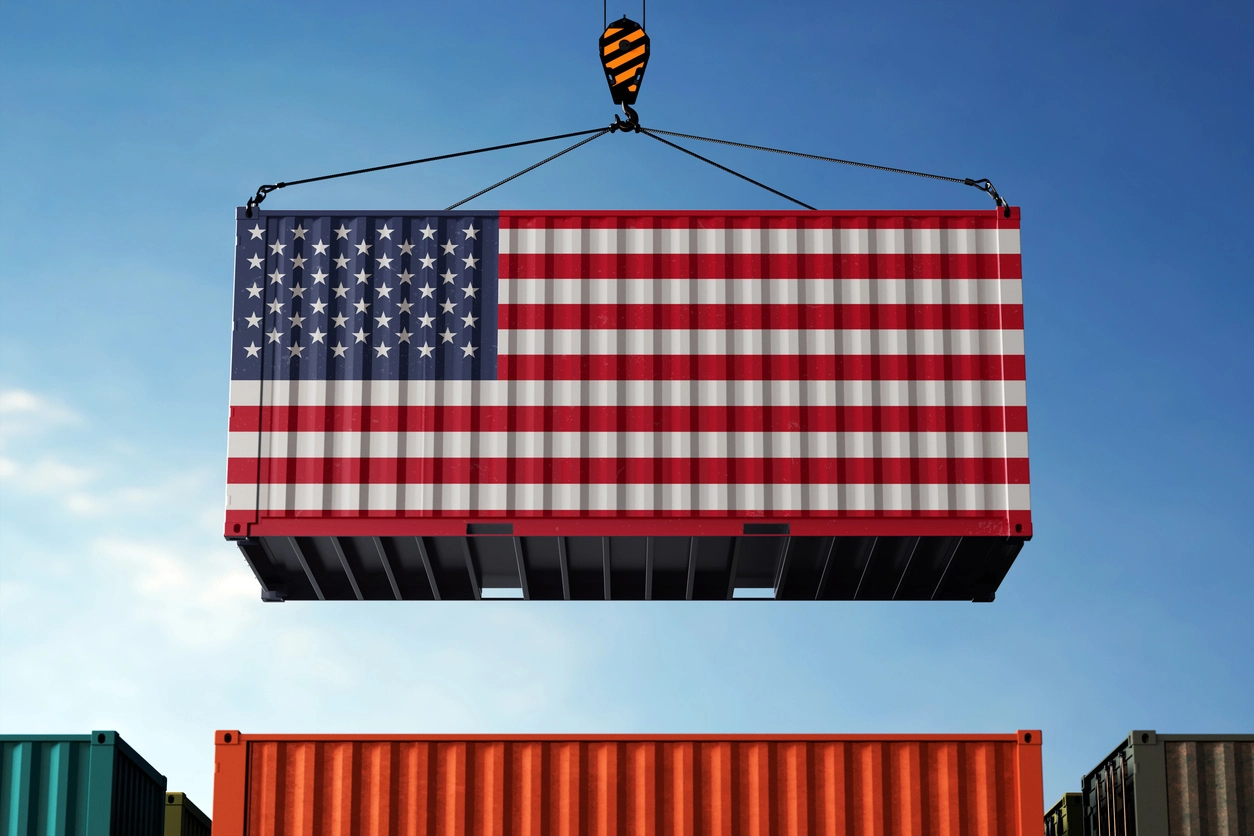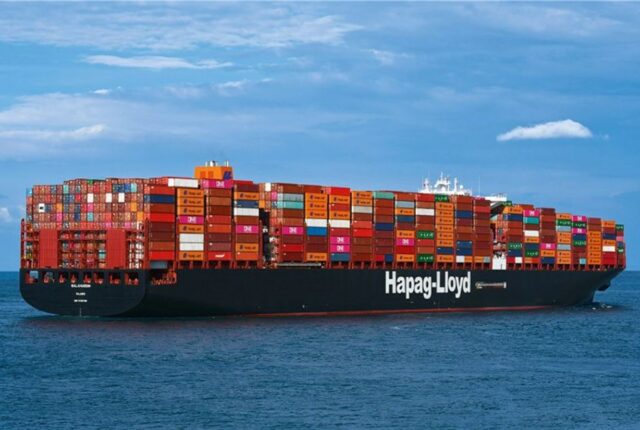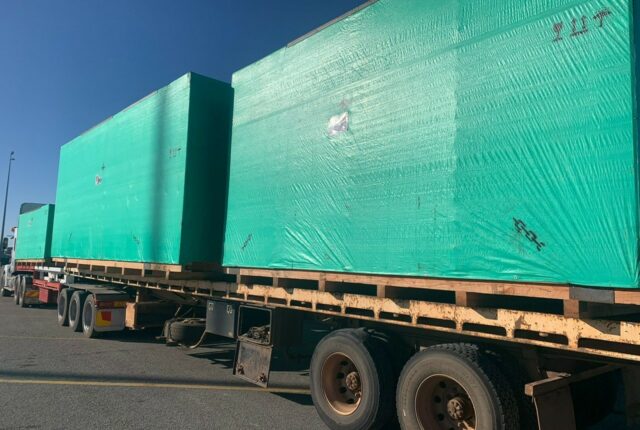
The Not-So-Secret Way to Bypass U.S. Tariffs
In the ever-evolving landscape of global trade, companies are finding creative ways to navigate the complex web of tariffs and trade barriers. One such strategy, known as “tariff engineering,” has emerged as a popular method for businesses to circumvent U.S. tariffs and maintain competitiveness in the global market. This article explores the not-so-secret way around U.S. tariffs and its implications for companies, the U.S. economy, and international trade.
Companies are increasingly leveraging free trade agreements (FTAs) to bypass U.S. tariffs. By shifting production to countries with FTAs with the U.S., firms can avoid tariffs and maintain access to the American market. For instance, Apple moved some iPhone production to India, which has an FTA with the U.S., reducing tariffs on its products. Similarly, companies like Samsung and LG have shifted production of certain goods to Vietnam, another country with an FTA with the U.S. This strategy allows companies to maintain competitiveness and avoid the financial burden of tariffs.
Third-party countries play a significant role in facilitating tariff circumvention strategies. By rerouting goods through countries like Vietnam, companies can avoid U.S. tariffs. For instance, in 2019, U.S. imports from Vietnam surged by 31% as companies sought to bypass Chinese tariffs (Source: U.S. Census Bureau). This trend highlights the importance of considering global supply chain dynamics when evaluating the impact of tariffs on international trade.
Companies are adapting their supply chains to minimize the impact of U.S. tariffs by shifting production to countries not subject to these duties. For instance, Apple moved some iPhone production to India, reducing its exposure to U.S. tariffs on Chinese goods (Source: The Wall Street Journal, 2024). Additionally, companies are exploring alternative sourcing options, such as shifting to countries with lower tariff rates or negotiating with suppliers to absorb some tariff costs. This strategic relocation and sourcing diversification help businesses maintain profitability and mitigate the impact of U.S. tariffs on their operations.
These strategies affect the competitiveness of U.S. companies in global markets. By reducing production costs, firms can maintain or even lower prices, making their products more attractive to consumers. However, this approach may also lead to job losses in the U.S. and increased competition for American companies from foreign producers.
The potential long-term economic and political implications of these strategies for the U.S. are significant. Companies prioritizing lower-cost alternatives may lead to job losses and reduced investment in the U.S. However, it may also encourage the U.S. to negotiate more favorable trade agreements, promoting global economic cooperation.
Tariff engineering has significant implications for the U.S. trade deficit and its relationship with other countries. By reducing tariff costs, companies can lower their production costs, making their products more competitive in the global market. This can lead to increased exports, potentially narrowing the U.S. trade deficit. However, it may also lead to job losses in the U.S. as production shifts overseas. Additionally, it could strain relationships with countries that are seen as benefiting from the strategy, potentially leading to retaliation or increased tensions.
In conclusion, the not-so-secret way around U.S. tariffs, known as tariff engineering, is a strategy that companies are increasingly employing to maintain competitiveness in the global market. While this approach has its benefits, it also presents challenges and potential long-term implications for the U.S. economy and international trade. As the global trade landscape continues to evolve, it is essential for policymakers, businesses, and consumers to be aware of these strategies and their consequences.
Companies are increasingly exploring strategies to bypass U.S. tariffs, reshaping logistics and supply chain dynamics. These approaches, including shifting manufacturing bases or rerouting freight, reflect the adaptability required to navigate evolving trade policies and maintain cost efficiency.
Source: Article






